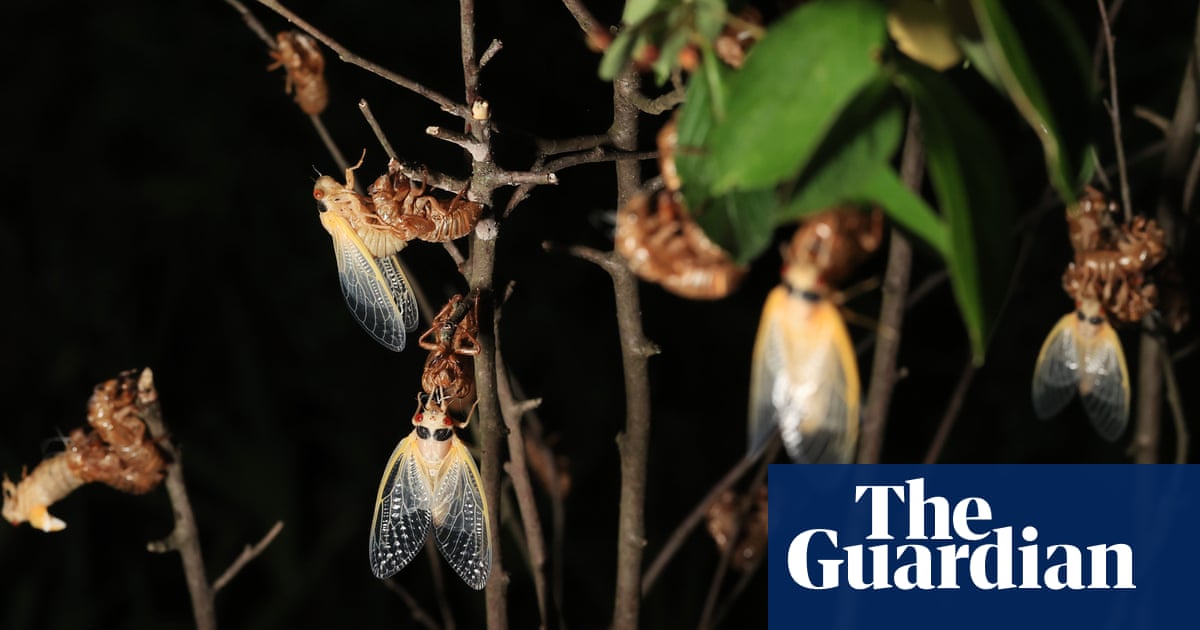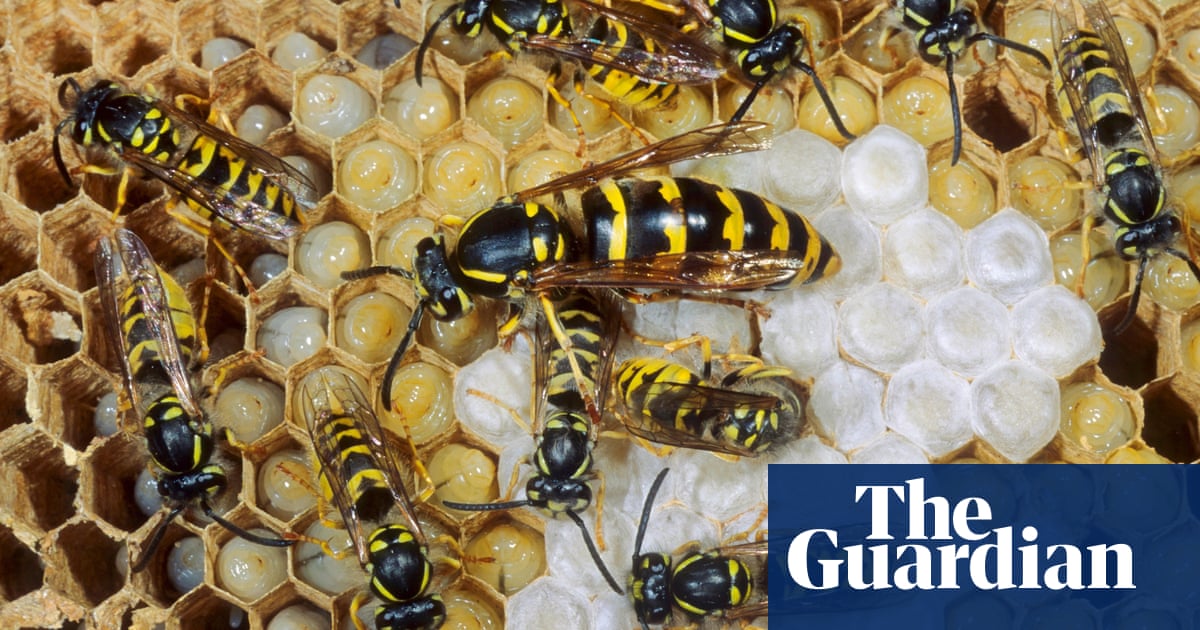They look a little like cockroaches and have bulging orange eyes, and trillions of them are about to erupt from the earth in much of the midwestern and eastern United States. The emergence of two groups of cicadas will assemble a chorus of the insects not seen in several hundred years, experts say.
The simultaneous appearance of the two cicada broods – known as Brood XIX and Brood XII – is a rare event, not having occurred since 1803, a year when Thomas Jefferson was US president. “It’s really exciting. I’ve been looking forward to this for many years,” said Catherine Dana, an entomologist who specializes in cicadas at the University of Illinois at Urbana-Champaign. “For the public, it’s going to be a really special experience.”
There are thousands of species of cicadas around the world but only 10 are considered periodical – having a life cycle that involves the juvenile cicadas living underground and feeding on plant sap for years before emerging en masse to the surface.
This year will see Brood XIX, the largest of all periodical cicada groups, emerge after a 13-year dormancy underground at the same time as Brood XII, a smaller group that appears every 17 years. The emergence will occur in spring, as early as this month in some places, and will see trillions of cicadas pop up in as many as 16 states, from Maryland to Oklahoma and from Illinois to Alabama.
This phenomenon, which has been dubbed “cicada-geddon” or “cicada-palooza”, will see huge clumps of cicadas across urban and rural areas, where the insects will make quite a noise – their songs collectively can be louder than a revving motorbike. After a frenzy of calling and mating and being devoured by predators, the cicadas will begin the cycle all over again in July.
The two broods may only overlap slightly in a small area of central Illinois, meaning there mostly won’t be a larger-than-normal boom in numbers in any one place, but researchers have said the emergence of all seven periodical species found in the US will be noticeable in many places and provide a rare glimpse of a grand ecological spectacle.
“I like to remind people that this is a natural wonder of the world. You just don’t see this biomass of terrestrial life anywhere else,” said Dana. There are several theories as to why cicadas do this, among the most popular being that an overwhelming surge of the creatures ensures that a good number will survive predators to spawn the next generation.
Some Americans are planning trips in order to see hotspots of cicadas, with other, more insect-phobic people wondering whether they should flee the onslaught. Cicadas aren’t harmful to people or pets in any way, though, with the insects having a straw-like mouth rather than any sort of biting parts. Some cicadas have been found to expel jets of urine when threatened, however.
As with most interactions between humans and the natural world, humans pose the bigger threat. Cicadas choose to burst aboveground when the soil temperature hits a certain point – usually around 64F (17C) – and global heating, caused by the burning of fossil fuels, is potentially scrambling this natural process.
“This could mess with their phenology. If they come out earlier than usual, that can be problematic for them,” said Dana.
For now, onlookers can still enjoy this rare burst of nature in their gardens and public spaces. “Sit back and be in awe at the spectacle,” advised John Cooley, a cicada expert at the University of Connecticut who tracks the emergences. “It will be over soon enough. Then think about where you will be in 13 or 17 years. It’s a time for introspection.”




